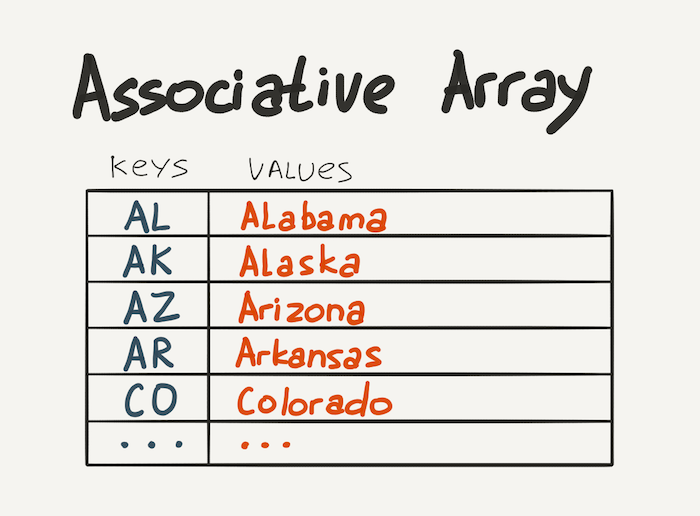JS: Objects
Theory: Introduction
Objects are the most interesting and feature-rich data type in JavaScript. It can be used to store information (a set of heterogeneous data) about an object in the real world, such as a Hexlet user. A Hexlet user may be characterized as having an email, name, password, and other parameters. All of this can be "packed" into one object.
The contents of the package.json file can also be represented as a JavaScript object. Moreover, the name JSON itself stands for JavaScript Object Notation:
And finally, as hard as it may be to believe, functions and arrays in JavaScript are also objects.
Objects in JavaScript permeate the whole of development from start to finish. They are ubiquitous and used in real-world applications, often for several purposes at once. They are used both as associative arrays (storing key-value pairs) and as objects in the sense of object-oriented programming, which we will definitely get to know later.
Knowing how to work with objects in JavaScript is a skillset basis that enables novice programmers to solve pretty complex problems. In this course, there will be a gradual introduction to objects and their capabilities. We'll cover the syntax, real-world use cases, and operators and look at the concept of destructuring and ways to traverse object properties in a loop.


